Assistance please from all of you experienced sailors/modellers.
I’m looking for a critique of the rigging specifically and the boat itself in general. I.e. Where did I get it right and more importantly where have I stuffed it up. Also perhaps any books that could be recommended as I plan on doing more ships boats in future.
I am finding it very difficult to get information on how period ships boats would have been rigged. For example, I cannot find details of how and where to place cleats, fasteners, type and location for anchoring mast stays and fixed rigging, block(s) styles (if any would have been used on such a boat), Hence a lot of what I am doing is pure guess work for this model which is based on Harold and Underhill plans for a 26ft yawl circa.1800s. with lug sails.
The sails are based on “The Elements and Practice of Rigging And Seamanship, 1794, by David Steel.”
I used 3 different woods for the boat (something I wouldn’t normally do) cherry, walnut and maple. Reason being I needed to get rid of some of some offcuts.
I’m also not a big fan of painting my models and like the look of oiled timbre.
Thank you all for your assistance (in advance).
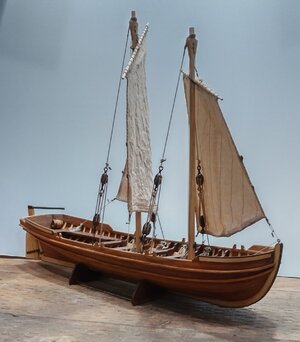
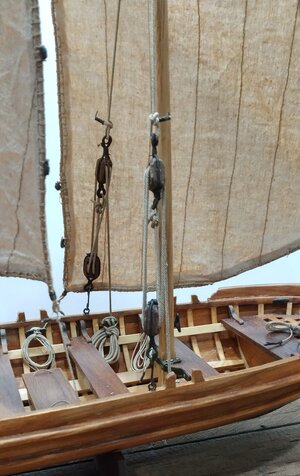
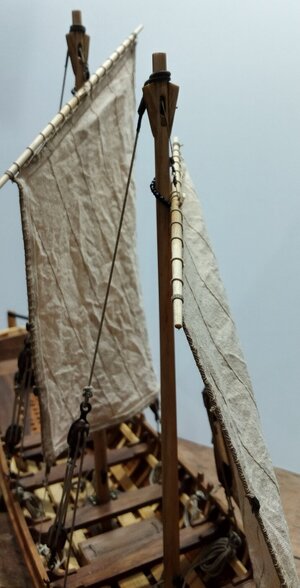
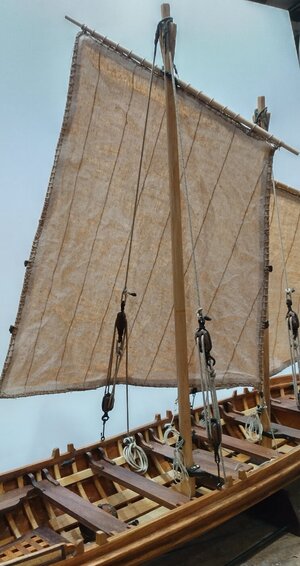
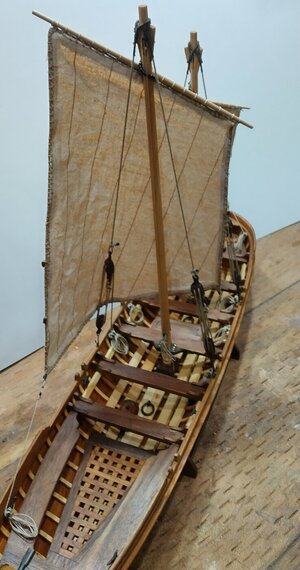
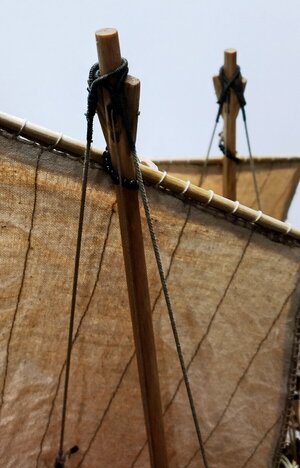
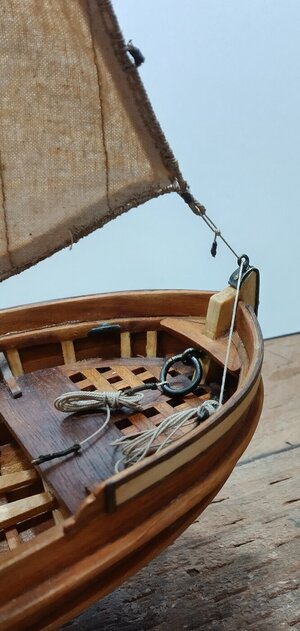
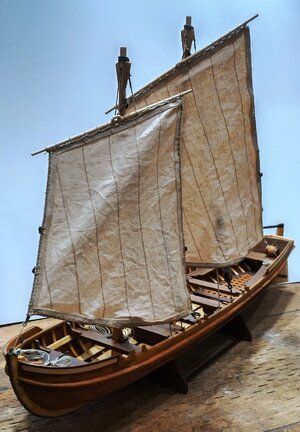
I’m looking for a critique of the rigging specifically and the boat itself in general. I.e. Where did I get it right and more importantly where have I stuffed it up. Also perhaps any books that could be recommended as I plan on doing more ships boats in future.
I am finding it very difficult to get information on how period ships boats would have been rigged. For example, I cannot find details of how and where to place cleats, fasteners, type and location for anchoring mast stays and fixed rigging, block(s) styles (if any would have been used on such a boat), Hence a lot of what I am doing is pure guess work for this model which is based on Harold and Underhill plans for a 26ft yawl circa.1800s. with lug sails.
The sails are based on “The Elements and Practice of Rigging And Seamanship, 1794, by David Steel.”
I used 3 different woods for the boat (something I wouldn’t normally do) cherry, walnut and maple. Reason being I needed to get rid of some of some offcuts.
I’m also not a big fan of painting my models and like the look of oiled timbre.
Thank you all for your assistance (in advance).














